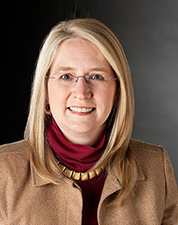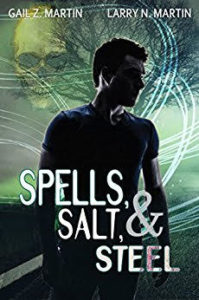By Tina R. McSwain
To Treat or Not To Treat
When did Halloween become so controversial? From the age of when its time to quit trick-or-treating, to whether or not a costume is required to receive candy, and even if you should celebrate the “holiday” at all. I recently saw a post that “Halloween is of the Devil, and good Christians should be in church and not running around in costumes.” It is a fact that many churches now have fall festivals as alternatives. And what of the dangers of years past, when razor blades, pins and needles were purported to have been hidden in apples? Does anyone even give apples anymore as treats?? Probably not for fear of getting tricked.
But, what about other cultures? They seem to relish this time of year. Take The Day of the Dead for example. (El Día de los Muertos) is a Mexican holiday that focuses on gatherings of family and friends to pray for and remember friends and family members who have died, often setting a place for them at the dinner table. It is particularly celebrated in Mexico, where it has attained almost the status of a National Holiday. The celebration takes place on November 1st and 2nd, in connection with the Catholic holidays of All Saints’ Day (November 1) and All Souls’ Day (November 2). Traditions connected with El Dia do los Muertos celebrations include building private altars honoring the deceased using sugar skulls, marigolds, and the favorite foods and beverages of the departed and visiting graves with these as gifts.
(All Saints’ Day which is also called All Hallows, Hallowmas or All Saints is celebrated on November 1st in honor of all the Saints, known and unknown)
(All Souls’ Day is a day of commemoration of the faithful that have departed this life and is celebrated on November 2nd)
In Brazil, Dia de Finados is a public holiday that many Brazilians celebrate by visiting cemeteries and churches. In Spain, there are festivals, parades, and at the end of the day, people go to cemeteries and pray for their dead loved ones. Similar observances occur elsewhere in Europe, as well as in many Asian and African cultures.
Samhain means “End of Summer”, and is generally celebrated on October 31st, but some traditions prefer November 1st. It is celebrated by Celts, Pagans and Wiccans and is a magical time when the laws of time and space are temporarily suspended, and the Thin Veil between the worlds is lifted. Communicating with ancestors and departed loved ones is easy at this time of year. It originates from the “Feast of the Dead” which was celebrated in Celtic countries by leaving food offerings on altars and doorsteps for the “wandering dead”. (See a pattern here given all of the above).
So, in closing, Happy Halloween, Feliz El Dia de los Muertos, Happy All Saints’ Day, Happy All Souls’ Day, Feliz El Dia de Finados, and Happy Samhain to all!!










